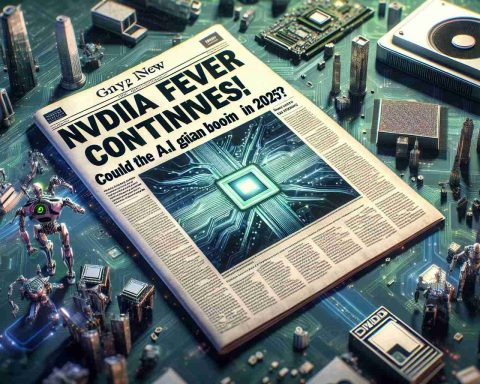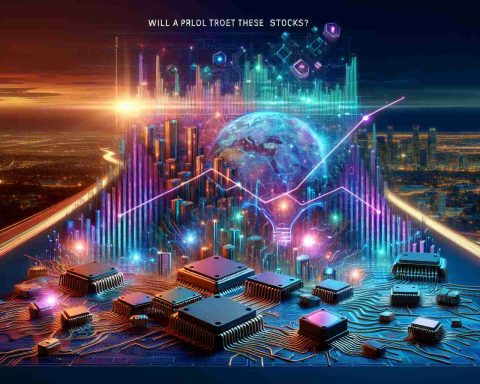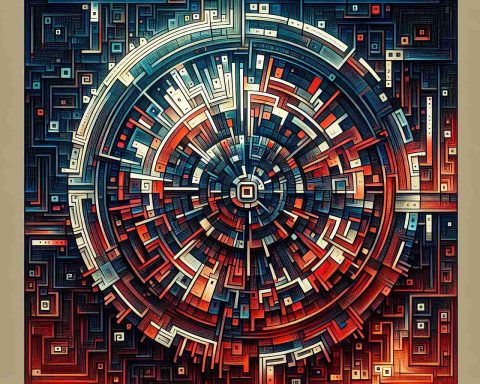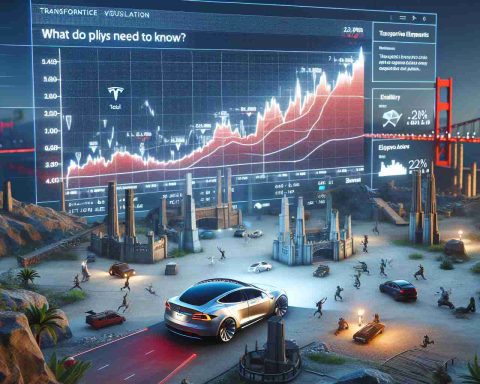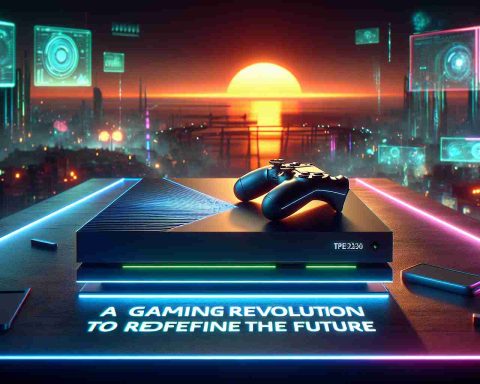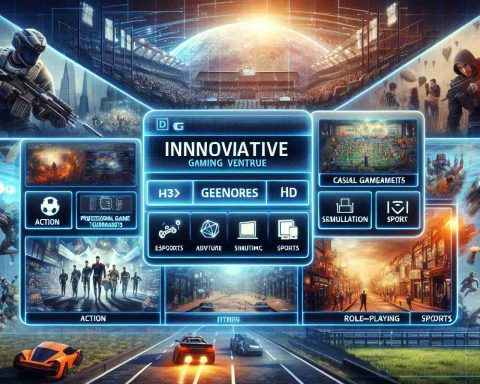Nvidia’s GeForce RTX technology, which was launched in 2018, has completely revolutionized artificial intelligence (AI) computing across various user groups. From gamers and creators to developers and everyday PC users, the GeForce RTX has paved the way for an ecosystem with over 100 million users and supports more than 500 AI apps.
One of the key advancements brought by GeForce RTX is the integration of generative AI into PCs. This has unlocked a new era of capabilities, enhancing productivity and entertainment for users. Gamers can now enjoy higher frame rates and stunning resolutions with the help of AI features like Nvidia DLSS, which not only improves performance but also enhances image quality significantly.
For creators, AI-enhanced effects in video editing software such as DaVinci Resolve and Adobe Premiere Pro have streamlined workflows, allowing them to focus more on their creativity and less on mundane tasks. Developers have also benefited from generative AI tools that automate prototyping and debugging, thereby streamlining their workflows.
Nvidia’s RTX AI PCs offer a wide range of exclusive features catering to different needs. ChatRTX, for example, provides tailored responses from personal files, improving efficiency for both personal and professional use. In the field of video production, AI effects and tools have significantly sped up the editing process. Real-time rendering and upscaling have also improved workflows in 3D creative apps like Blender and Unreal Engine.
The quality of live streaming has been elevated with Nvidia Broadcast, which offers AI-powered noise removal and background replacement. Gamers, on the other hand, have greatly benefitted from Nvidia DLSS, maximizing the performance and visual fidelity of games. Digital artists can explore their creativity using Nvidia Canvas, which transforms simple brushstrokes into realistic landscapes.
In addition to these user-centric features, the RTX AI Toolkit provides developers with a suite of tools for customizing and deploying AI models. This ensures that as AI research advances, RTX PCs are fully equipped to handle increasingly complex tasks, enabling users to stay ahead in their respective fields.
With specialized AI processors built into the GeForce RTX GPUs, users can expect amazing performance not only in gaming but also in creation and productivity. Nvidia’s GeForce RTX technology has truly transformed the world of AI computing, empowering users with unparalleled capabilities and possibilities.
Additional relevant facts about Nvidia’s GeForce RTX technology include:
– The GeForce RTX series introduced real-time ray tracing, a rendering technique that allows for more realistic lighting and reflections in video games and other applications.
– The Turing architecture, on which the GeForce RTX GPUs are based, brought significant improvements in performance and power efficiency compared to previous generations.
– Nvidia’s DLSS (Deep Learning Super Sampling) technology uses AI to upscale lower-resolution images in real-time, resulting in sharper and more detailed visuals without sacrificing performance.
– The Tensor Cores in the RTX GPUs provide dedicated hardware for AI computations, enabling faster and more efficient deep learning and machine learning tasks.
– The RTX Studio program was launched to certify laptops and desktops that meet specific requirements for content creation, ensuring the best performance and stability for professional users.
Key questions associated with the topic:
1. How does Nvidia’s GeForce RTX technology improve gaming experiences?
2. What benefits does the integration of AI bring to video editing and content creation?
3. How does Nvidia’s RTX AI Toolkit support developers in customizing and deploying AI models?
4. How does real-time ray tracing enhance the visual quality of games and applications?
Key challenges or controversies associated with the topic:
1. Cost: The high price of GeForce RTX GPUs may be a barrier for some users who seek to take advantage of the technology.
2. Limited adoption: While the user base of over 100 million is significant, there are still many potential users who have not yet upgraded to GPUs with RTX technology.
3. Compatibility: Not all games and applications are optimized to fully utilize the capabilities of the GeForce RTX GPUs, potentially limiting the benefits for users.
4. Ethical considerations: The use of AI in various applications can raise concerns about privacy, bias, and the potential for job displacement.
Advantages of Nvidia’s GeForce RTX technology:
– Improved gaming performance and visual quality with the integration of AI features like DLSS and real-time ray tracing.
– Streamlined workflows and enhanced productivity for content creators and developers through AI-powered tools and effects.
– Dedicated AI hardware in the form of Tensor Cores for faster and more efficient deep learning and machine learning tasks.
– Certification program (RTX Studio) ensures optimized performance and stability for professional users in content creation.
Disadvantages of Nvidia’s GeForce RTX technology:
– Higher cost compared to previous GPU generations, potentially limiting accessibility for some users.
– Limited adoption and compatibility of games and applications that fully utilize RTX features, reducing the immediate benefits for users.
– Ethical and societal concerns regarding the use of AI in various applications, such as job displacement and potential bias.
Related links:
– Nvidia GeForce RTX
– RTX AI Toolkit
– Nvidia RTX Studio


